Sharp drop in revenue
Doing business at Hanh Thong Tay market (Go Vap district, Ho Chi Minh City) since its inception, Ms. Xuan Lai (65 years old) had to admit: "I have never seen such a sluggish situation as now."
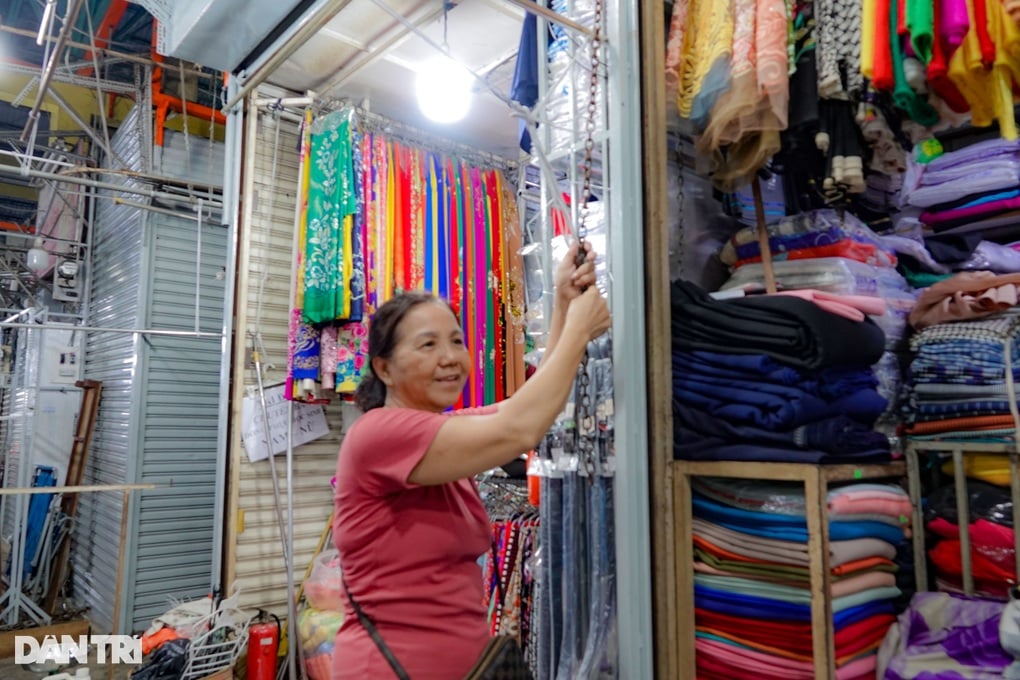
Mrs. Lai closed her stall early because of lack of customers (Photo: Nguyen Vy).
During her 20 years of doing business here, during her heyday, this 400-stall market was always packed with customers. Fabric traders like her could earn more than 10 million VND/day.
Now, times have changed, earning a few hundred thousand dong a day, for her, is lucky.
"Since the Covid-19 pandemic, our business has faced many difficulties. Gradually, more and more vendors have returned their stalls, and the market has become more and more deserted. Currently, only about 20 stalls are still open for business," said Ms. Lai.
The female trader said that the reason for this situation is due to general difficulties, people are having to tighten their spending. The main customers at the market are workers or students, people with average income. But when this group of people lost their jobs, the traders also lost a large number of "regular customers".
In the past, the market was bustling, and Mrs. Lai and her vendors usually packed up and closed their stalls late at night. Now, at only 6 p.m., most of the kiosks have been cleared out because even if they stayed longer, there wouldn’t be many customers.
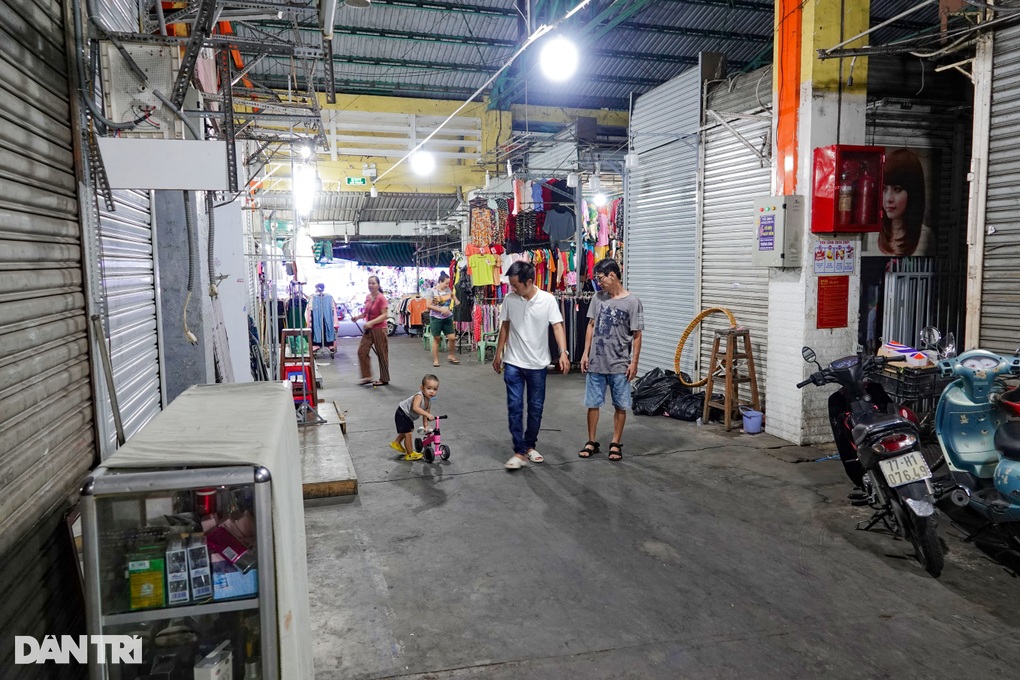
Business is sluggish, living expenses are tight, many small traders stop sending their children to the market, bringing them to both sell and look after them (Photo: Nguyen Vy).
"Luckily, it's my own stall so I don't have to pay rent and can still hold on. Many other stall owners have to pay rent, at least 2 million VND/month, it's really hard to stay in the market," said Ms. Lai.
Ms. Trang (40 years old) is the owner of 5 stalls at Hanh Thong Tay market. Ms. Trang said that due to the increasing trend of online shopping, young people are no longer interested in coming to the market. Her stalls are mainly rented out as warehouses. She only has one stall left to rent as a store, and the longest a small trader can last is only 6 months.
In fact, many stalls have had their rents reduced. The market management board and stall owners have also repeatedly refurbished their facilities, trying to attract customers, but the situation has not been very positive.
Leaving when customers are no longer interested in traditional markets
Having been selling at Hanh Thong Tay market for more than 10 years, Ms. Tien (35 years old) plans to stay until the end of this year and then quit.
"I sold a few sets of clothes all week. Today, I only sold one dress while the rent for the stall was 3 million/month. Business is so sluggish like this, I can't last much longer," said Ms. Tien.
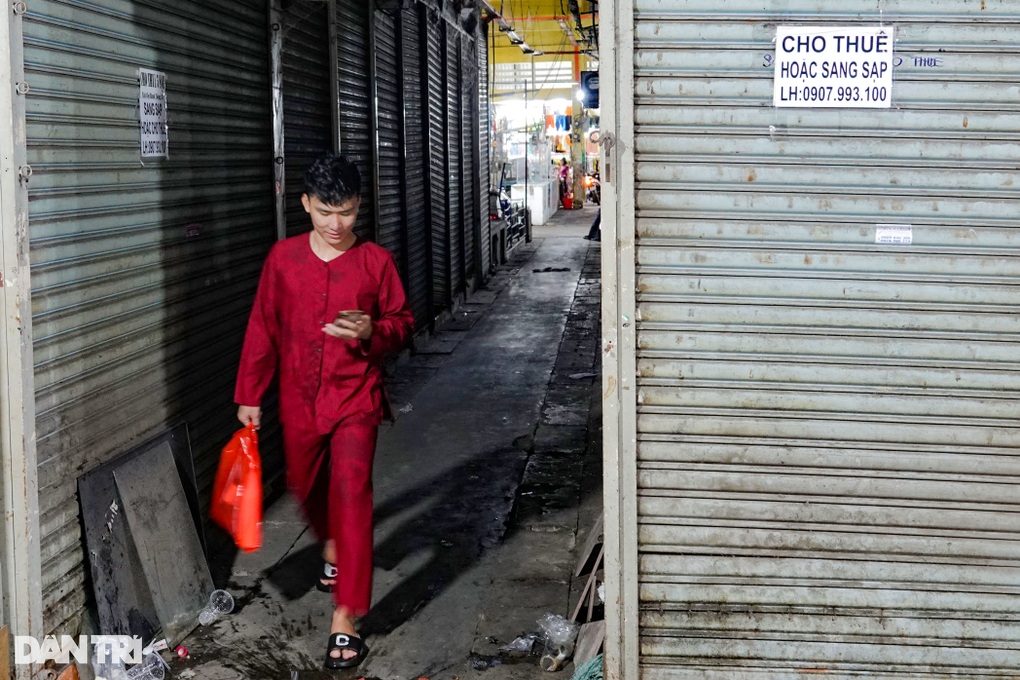
Many stalls at Hanh Thong Tay market closed due to lack of tenants (Photo: Nguyen Vy).
Thinking about the situation of "moving out in the morning, moving in in the afternoon", Ms. Tien felt depressed because she was the main laborer, and the stall was the main source of income for the whole family. But now, the family's expenses depended on her husband's job. The money she earned from the stall was not enough to go to the market every day.
"Customers now limit their shopping and prefer online shopping, no longer wanting to spend time going to the market to shop like before. I used to only sell at the market, now selling online is no longer competitive," Ms. Tien admitted.
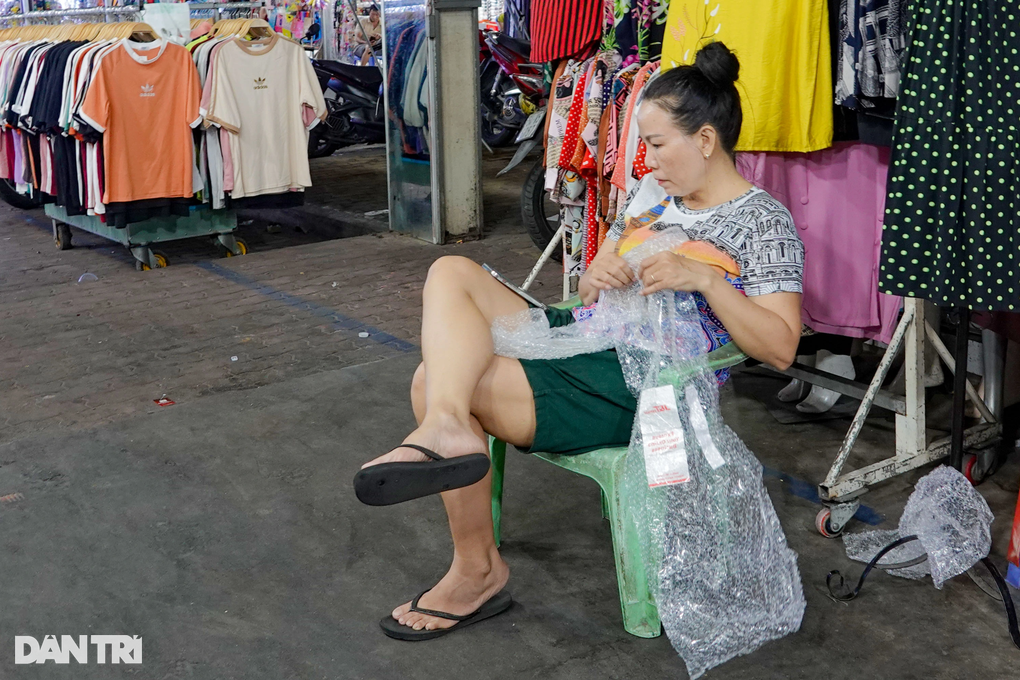
Small traders sit playing with their phones and plastic bags to kill time because their goods are slow to sell (Photo: Nguyen Vy).
According to Dr. Huynh Thanh Dien, lecturer at Ho Chi Minh City University of Economics , the decreasing activities of traditional markets is an inevitable trend, reflecting the natural transformation of the market.
"Sooner or later, online sales channels will gradually replace traditional markets because of their convenience, helping buyers see prices clearly without having to bargain," he said.
Regarding purchasing power in the market, in fact, during and after the Covid-19 pandemic, there was a large wave of workers returning to their hometowns, not everyone returned to Ho Chi Minh City.
Since the second quarter of 2022, Vietnam's economy has been severely affected by the pandemic and economic crisis. In particular, export production areas and labor-intensive enterprises such as textiles, footwear, etc. have no orders. Unemployed workers continue to return to their hometowns. Even if they stay, their lives will be difficult.
"The main customers in traditional markets are workers, so job losses, salary reductions... directly affect purchasing power in the market, making small traders miserable," Mr. Dien predicted.
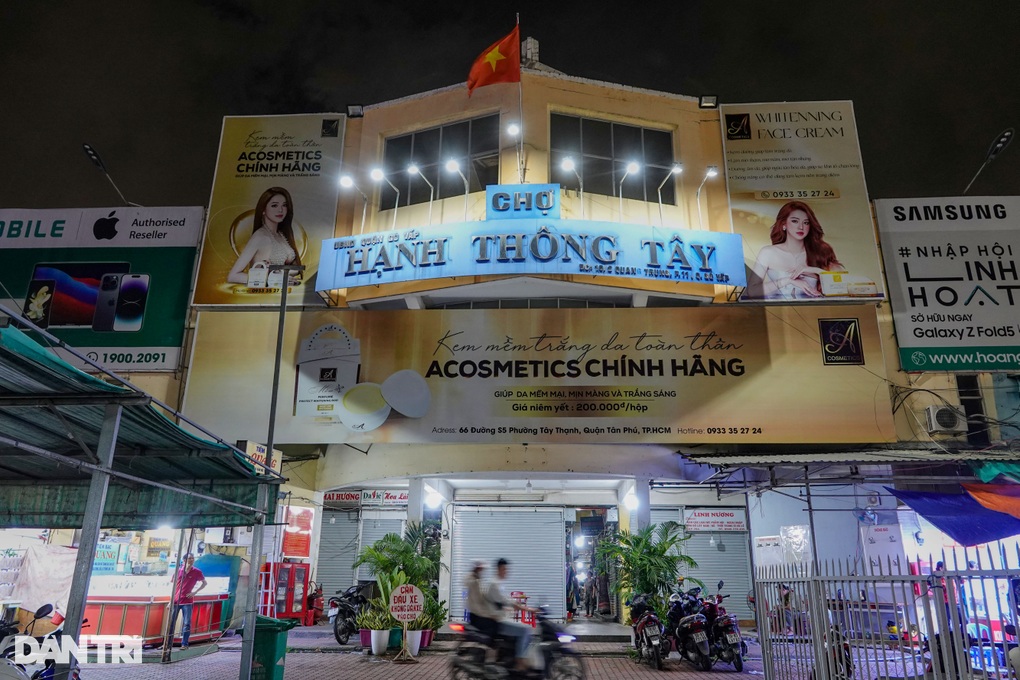
Hanh Thong Tay Market used to be the busiest fashion market in Ho Chi Minh City (Photo: Nguyen Vy).
Ultimately, the doctor predicted that it would take until the end of the third quarter of 2023 for the business situation of traditional market traders to gradually recover. At present, according to Mr. Hien, traders can only "hold on and try to keep their jobs".
Dr. Huynh Thanh Dien also warned that traditional markets need to change or they will have difficulty surviving. According to him, markets need to be systematically planned, grouped into separate areas, eliminating street vendors and sidewalk encroachment to ensure fair conditions for small traders with stalls and shops that have to bear high costs of premises.
Besides, retailers must also be aware of the origin of the products, clearly list prices, and coordinate to exploit online sales channels...
Source link


![[Photo] Opening of the 13th Conference of the 13th Party Central Committee](https://vphoto.vietnam.vn/thumb/1200x675/vietnam/resource/IMAGE/2025/10/6/d4b269e6c4b64696af775925cb608560)

![[Photo] Prime Minister Pham Minh Chinh chairs the Government's online conference with localities](https://vphoto.vietnam.vn/thumb/1200x675/vietnam/resource/IMAGE/2025/10/5/264793cfb4404c63a701d235ff43e1bd)
![[Photo] Prime Minister Pham Minh Chinh launched a peak emulation campaign to achieve achievements in celebration of the 14th National Party Congress](https://vphoto.vietnam.vn/thumb/1200x675/vietnam/resource/IMAGE/2025/10/5/8869ec5cdbc740f58fbf2ae73f065076)




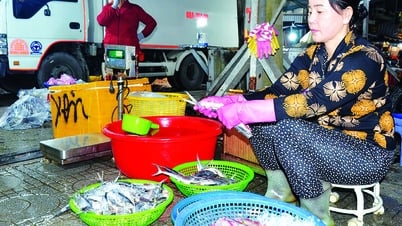





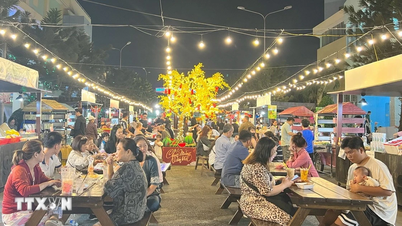




















































































Comment (0)